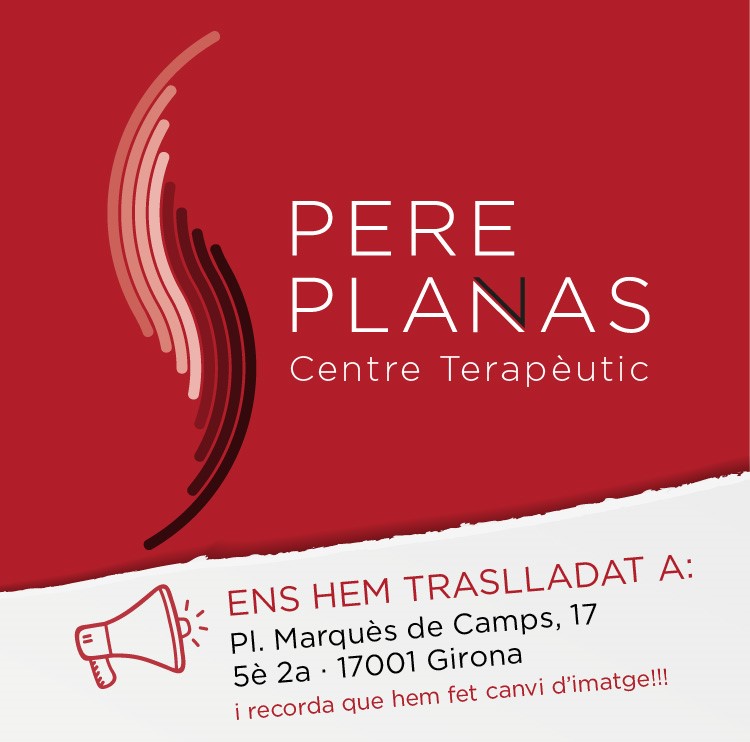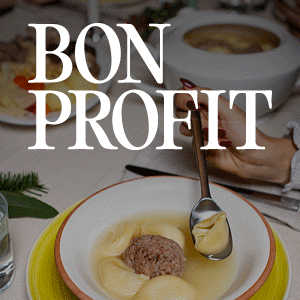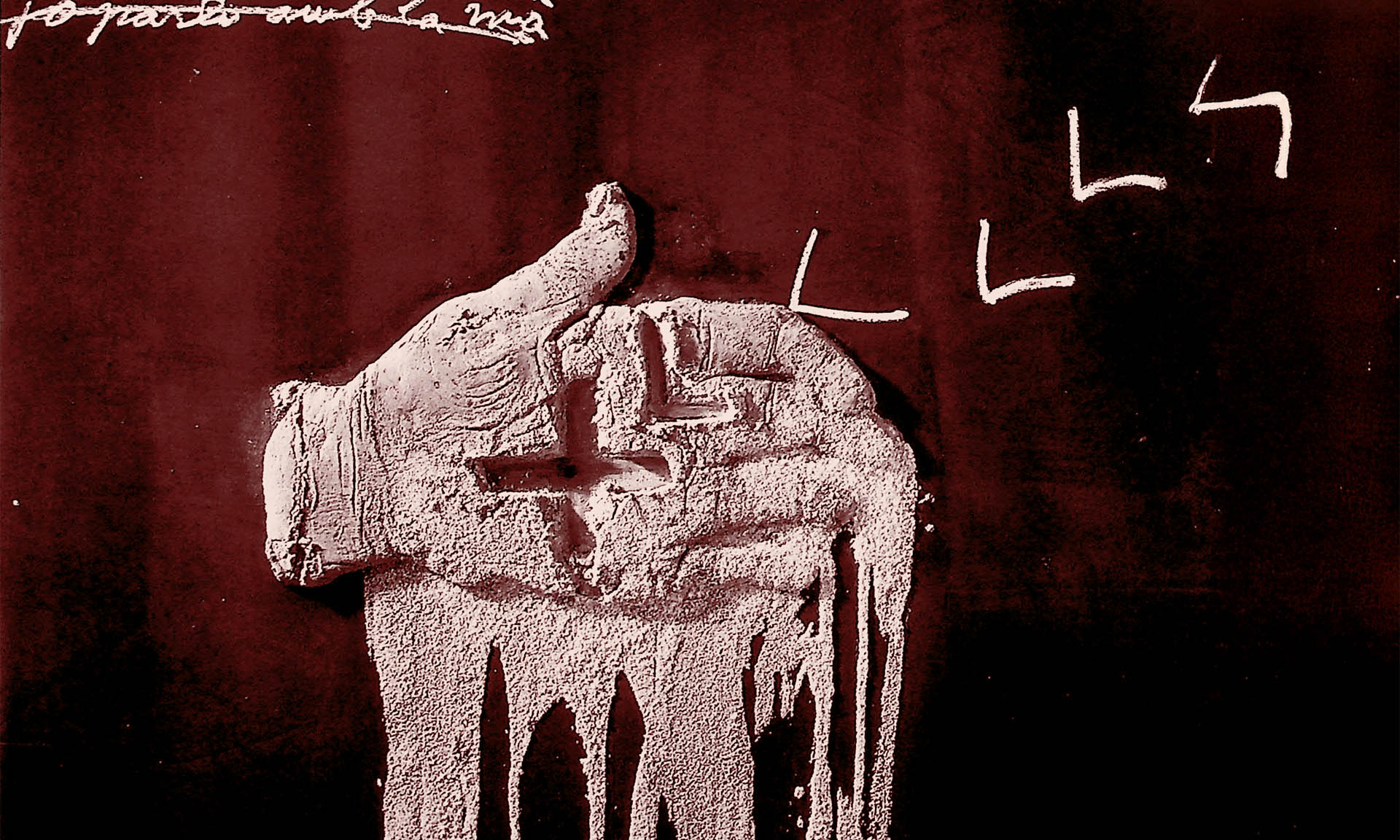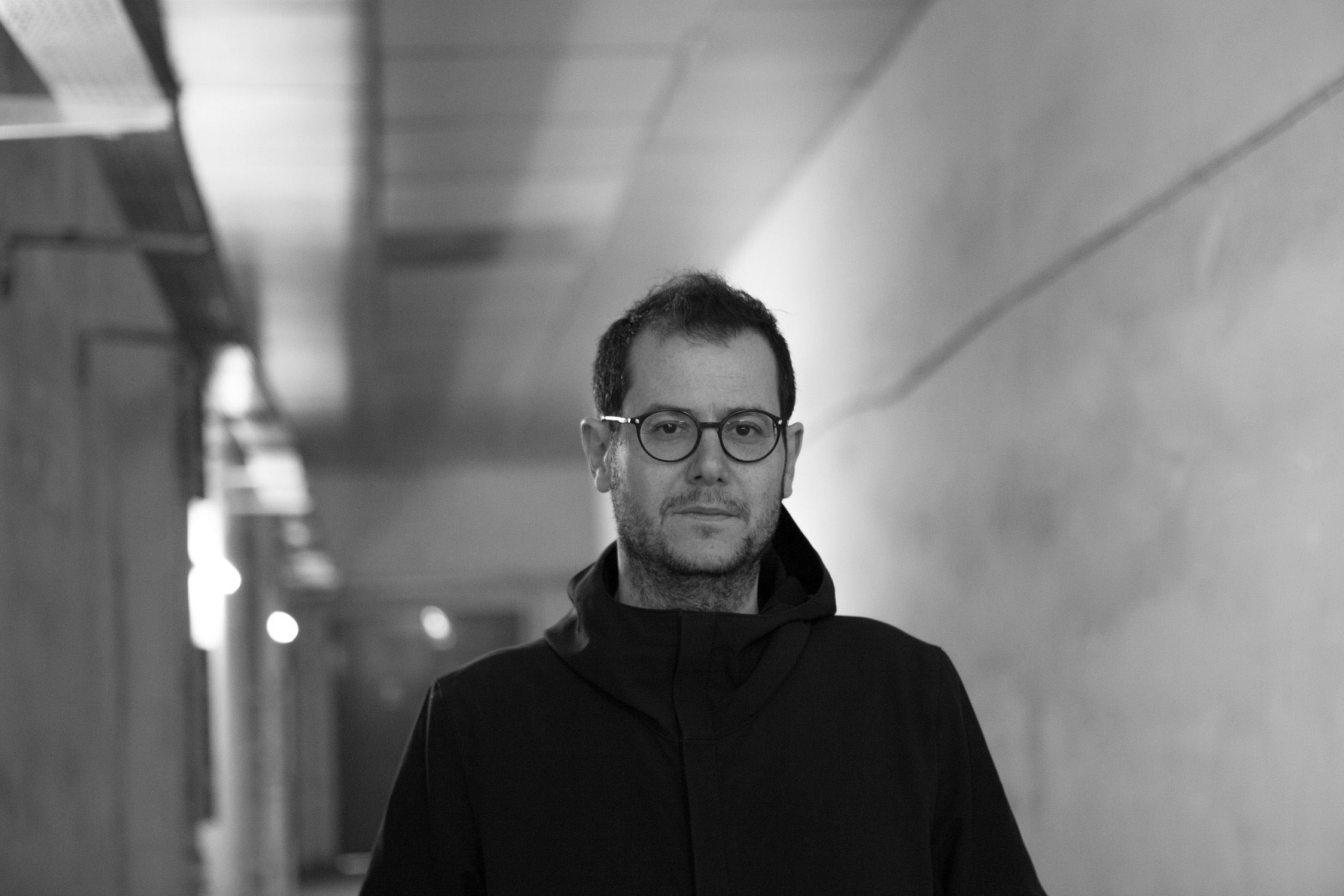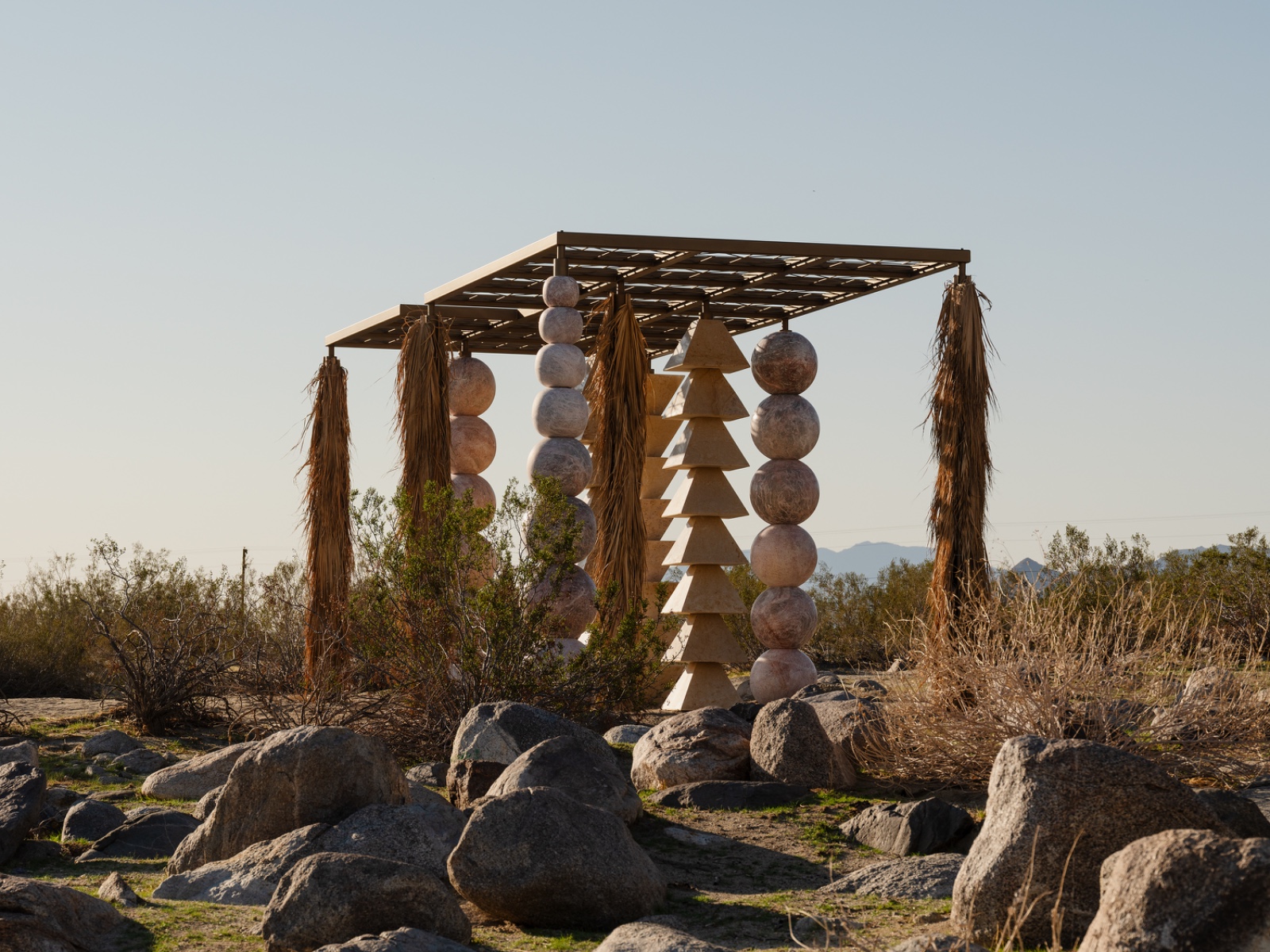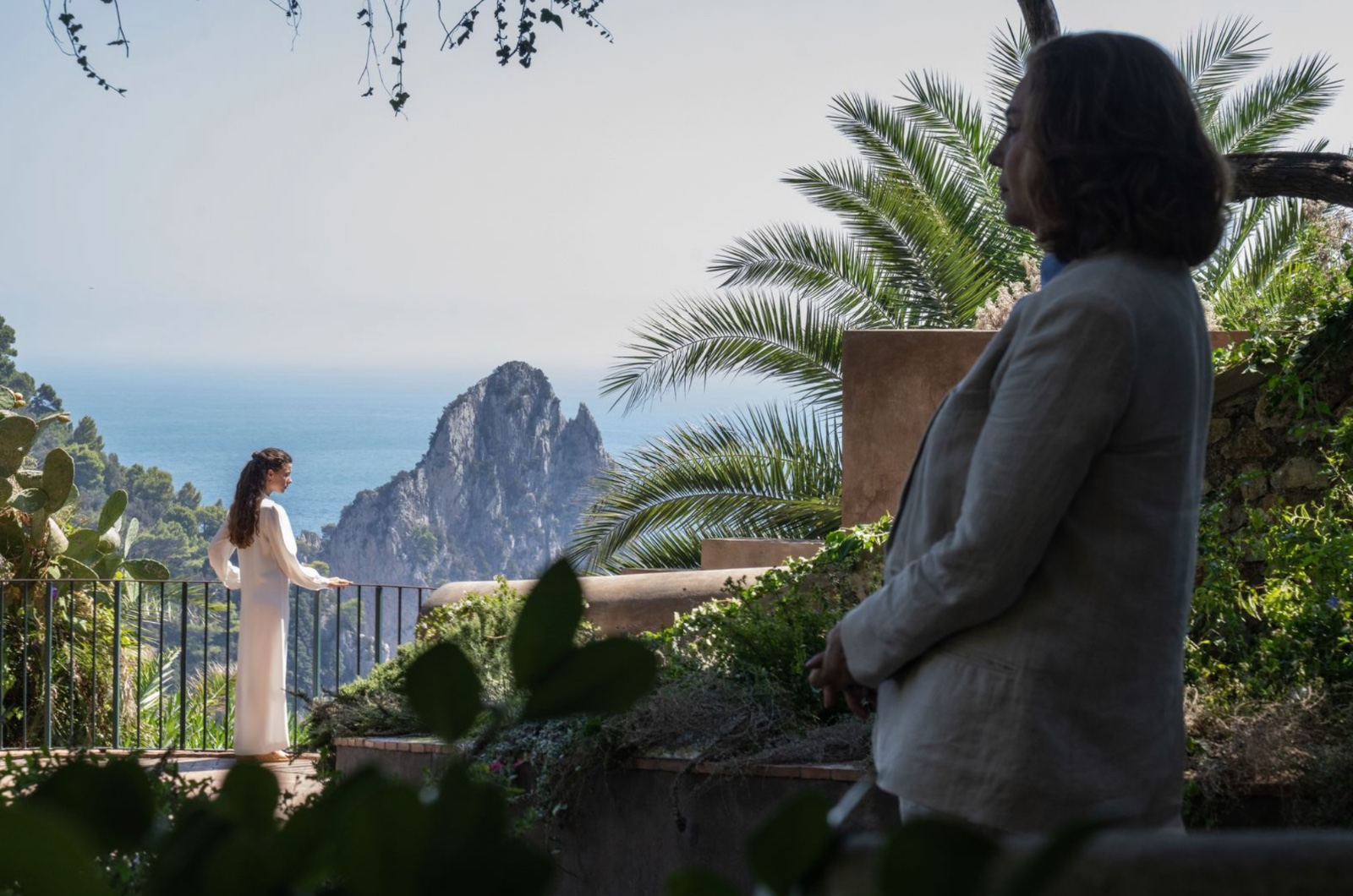Exhibitions
Before, during and after. Women's work in Ritmes
The Reina Sofia Museum creates a tour based on women's work in the Civil War.
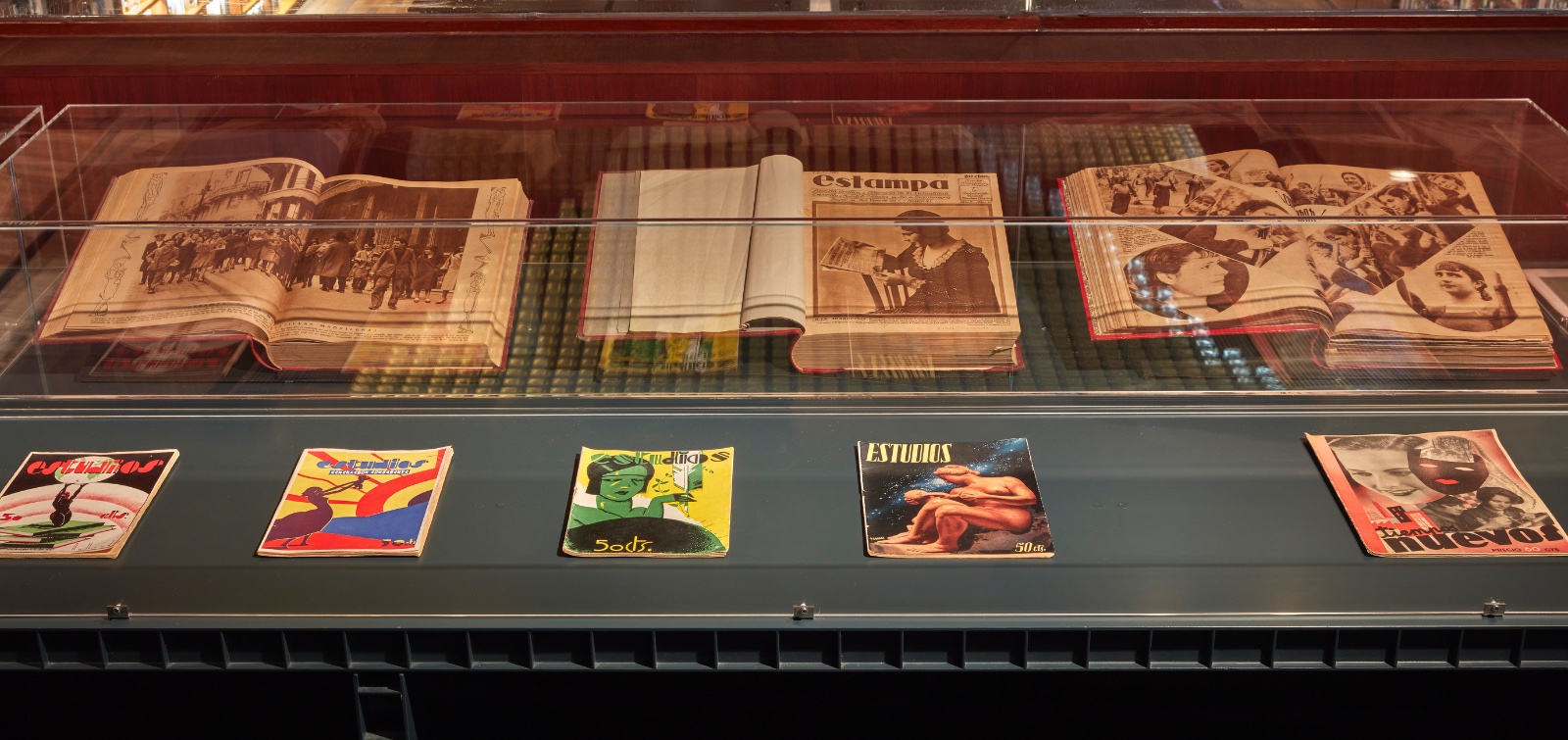
In parallel with Laia Estruch and Huguette Caland, the viewer encounters the exhibition Rhythms. Images of women's work at the Reina Sofia National Museum in Madrid. A journey that collects in an illustrated way these works in the form of before, during and after the conflict of the Spanish Civil War. With the arrival of the war, gender roles were reversed and all these changes were reflected through the graphic press.
A material that now takes the form of an exhibition curated by Selina Blasco, Maite Garbayo-Maeztu and María Rosón, starting in the 1920s in Spain and ending in the post-war years. A journey that falls within the research framework of the project Rhythms of Women's Work in the History of Art and Visual Culture (1936-2022).
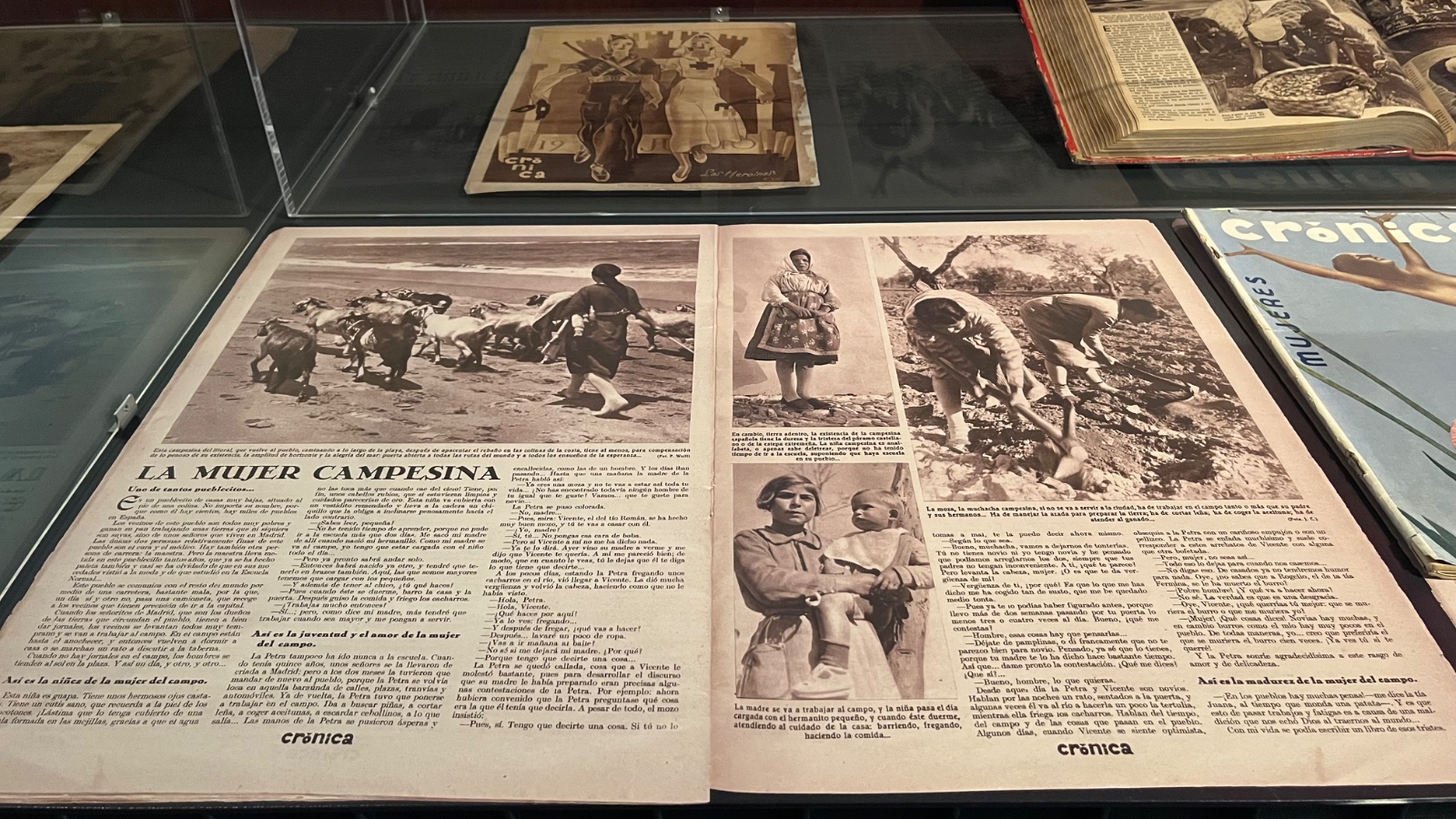
The magazine Estampa takes full prominence from the beginning where women's work is made visible from 543 images in the form of screenshots. Work in different formats that gives rise to the central showcase to represent women's work in the Spanish post-war period and here the Women's Section of the Falange takes power with the different publications between the years 1940 and 1946.
A moment that unfolds from twelve postcards in the form of a collection captured by José Compte. It is a kind of theatricalization of women at work, minus Pilar Primo de Rivera. Along with this exhibition documentation, the viewer will find in the museum's Library and Documentation Center, pieces such as the illustration by Viera Sparza for the magazine Mujer from 1940 or the text 'Rumbos, exposiciones y artistas. Crónica estético-feminizante' by Manuel Abril in the magazine Blanco y Negro from 1931.
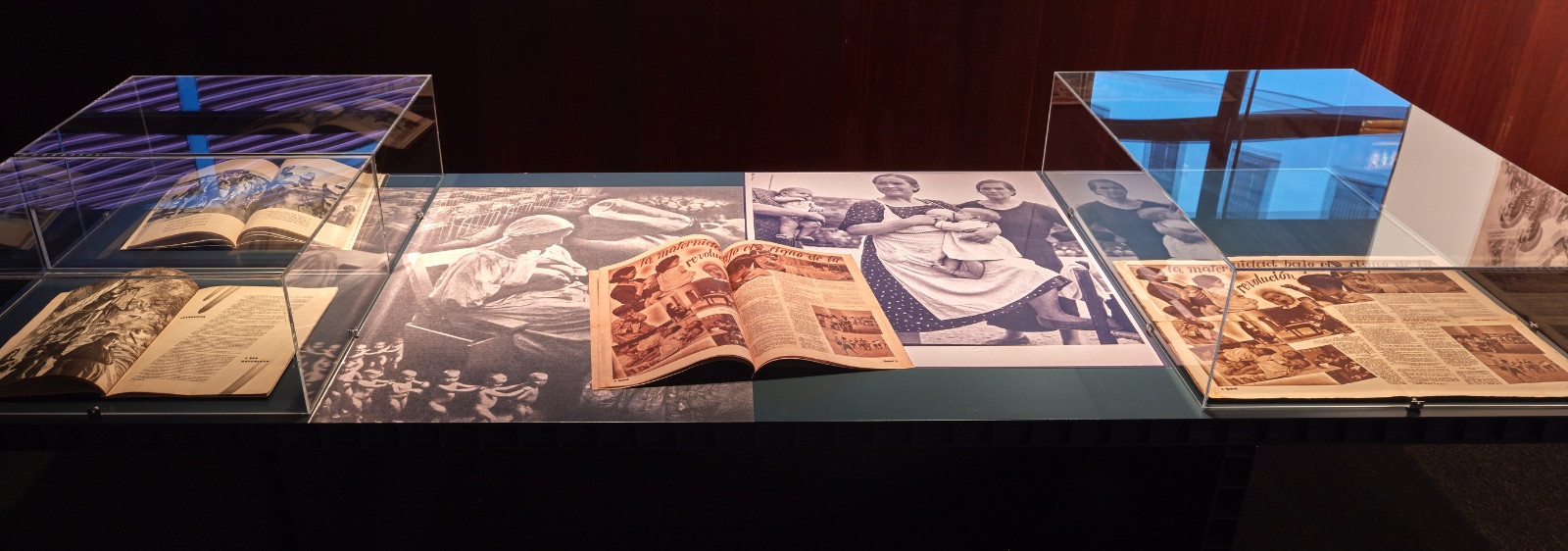
Articles, postcards, photographs, magazine and publication reports or portraits will fill this area of the temporary exhibition that can be visited until June 13, to reach a final showcase with a reproductive work in the form of images for reflection at the time of the Civil War in Spain. Kati Horna, a prominent Hungarian-Mexican photographer and journalist, captured moments with work related to political and anarchist activism.
The exhibition Rhythms. Images of Women's Work at the Reina Sofia National Museum in Madrid ends with A Contest, an unprecedented audiovisual production created by Julia Montilla. An exhibition that accounts for the work that it imposes on bodies that work in cadence, in a series of repetitions, closely related to the work of the three curators of the exhibition within the documentation process.




